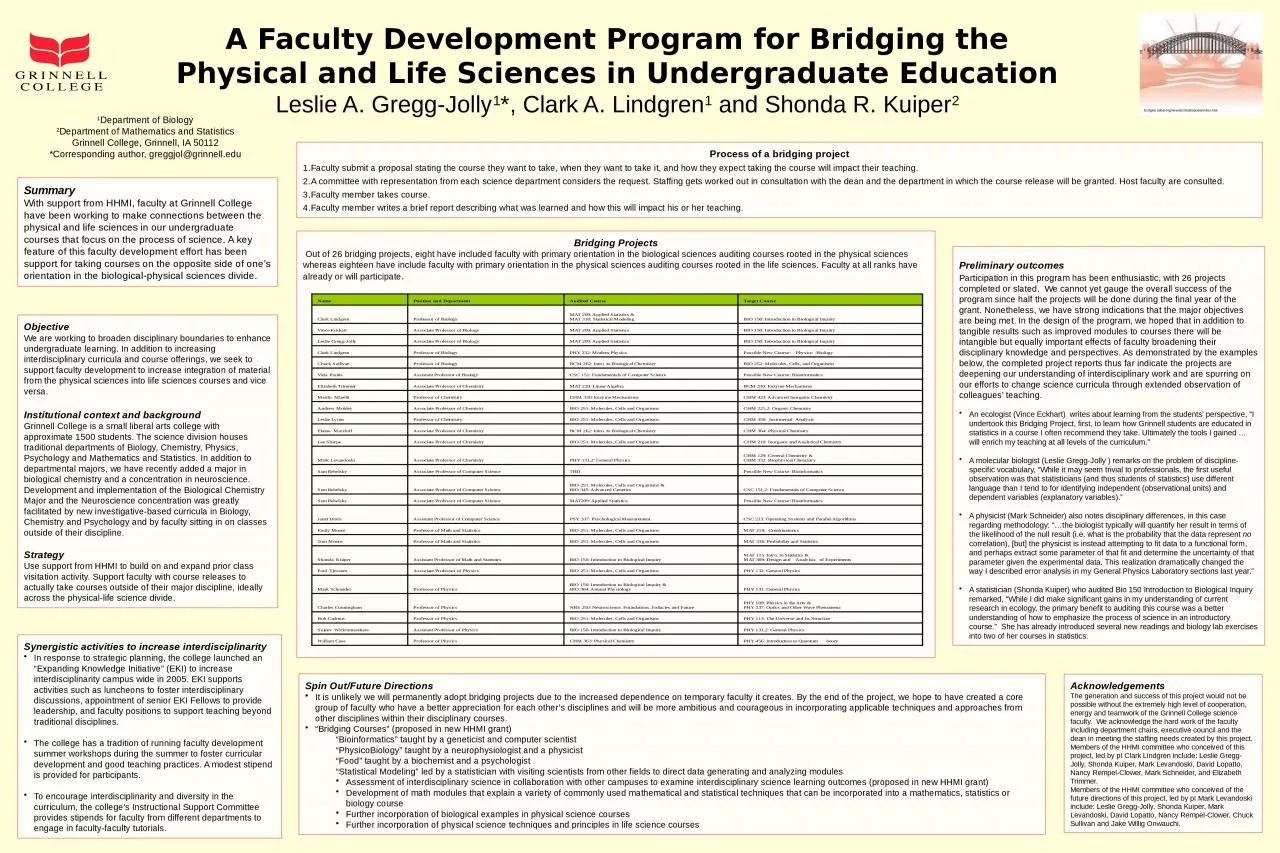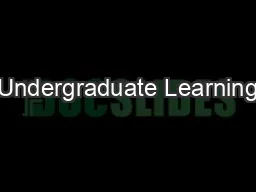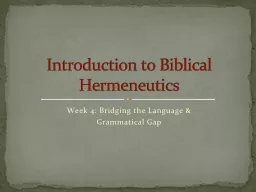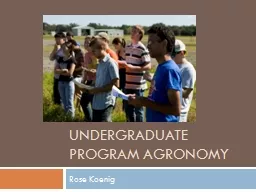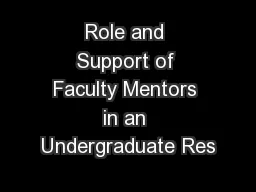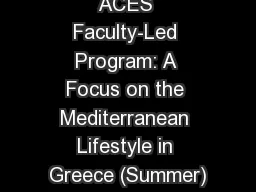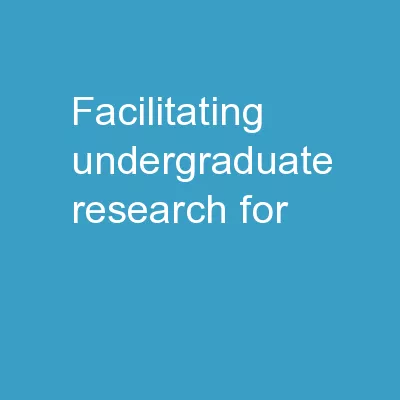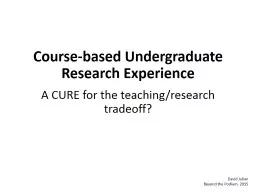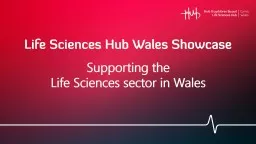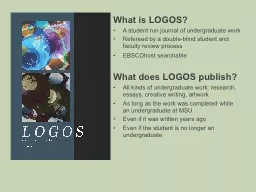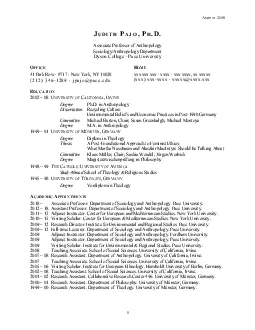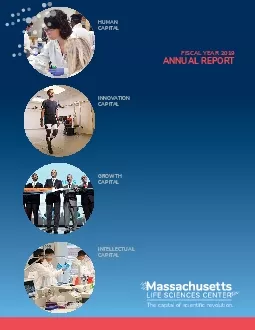PPT-A Faculty Development Program for Bridging the Physical and Life Sciences in Undergraduate
Author : linda | Published Date : 2022-06-08
Leslie A GreggJolly 1 Clark A Lindgren 1 and Shonda R Kuiper 2 Summary With support from HHMI faculty at Grinnell College have been working to make connections
Presentation Embed Code
Download Presentation
Download Presentation The PPT/PDF document "A Faculty Development Program for Bridgi..." is the property of its rightful owner. Permission is granted to download and print the materials on this website for personal, non-commercial use only, and to display it on your personal computer provided you do not modify the materials and that you retain all copyright notices contained in the materials. By downloading content from our website, you accept the terms of this agreement.
A Faculty Development Program for Bridging the Physical and Life Sciences in Undergraduate: Transcript
Download Rules Of Document
"A Faculty Development Program for Bridging the Physical and Life Sciences in Undergraduate"The content belongs to its owner. You may download and print it for personal use, without modification, and keep all copyright notices. By downloading, you agree to these terms.
Related Documents

